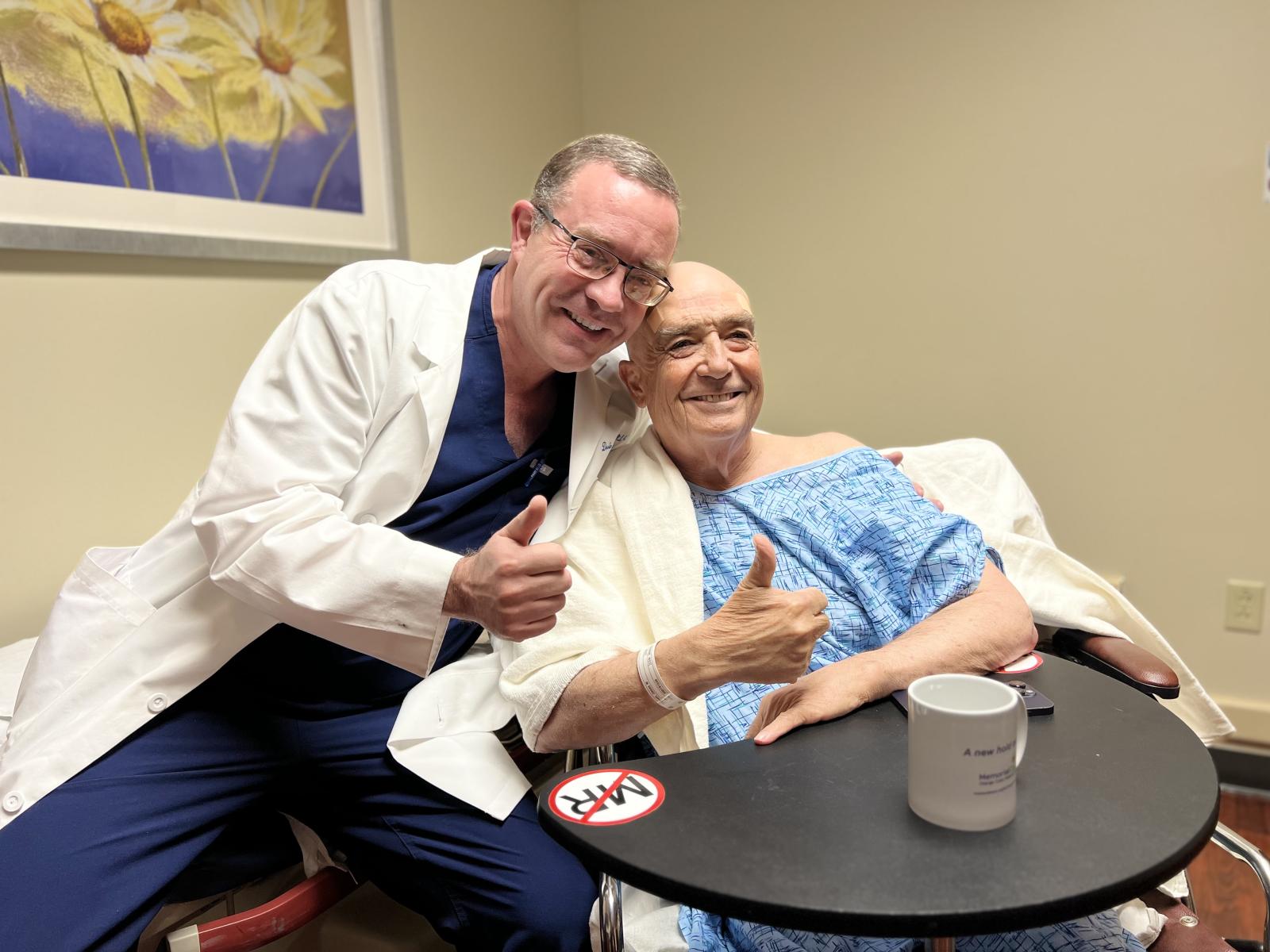Though a formal diagnosis would not come until 2017, James “Jay” Stinnett, 68, has lived with Essential Tremor since he was 13-years-old.
He adapted where possible ‒ drinking soup by bracing the bowl with both hands, avoiding pants with button closures and trying medication after medication that failed to ease his symptoms.
An enthusiastic salesperson by trade, Jay’s excitement at work would correspond to increased tremors, distracting himself and potential clients. In some instances, his tremors were misinterpreted as symptoms of alcohol withdrawal, which was a devastating impression.
More difficult still, as the primary caregiver for his wife, his tremors made it nearly impossible to manage her IV and administer injections, at which times they would opt to head for the emergency room as inconvenience edged toward crisis.
Jay’s frustration with his tremors came to a head after visiting his neurologist, who told him he exhausted all available treatment options. Jay was determined to find a better answer.
Online research led him to MR-Guided Focused Ultrasound (MRgFUS), an incisionless treatment for people with essential tremor and tremor-dominant Parkinson’s disease who have not responded to medication. It uses focused sound waves guided by MRI to treat deep in the brain with no incisions or permanent implants.
Jay was quickly connected with Dr. Devin Binder at MemorialCare Orange Coast Medical Center, which is one of just a few hospitals in California to offer this treatment. In fact, Dr. Binder is the single-most experienced neurosurgeon performing MRgFUS cases on the West Coast.

With the support and education of the team, Jay knew he had found the solution he had been searching for. Within a few months, he traveled to California for the procedure.
During the procedure, ultrasound waves safely pass through the skull without a need for an incision and remain focused on a small point in the brain (VIM nucleus of the thalamus). The concentrated ultrasound waves result in a high enough temperature to create a small ablation, or burn, providing a therapeutic effect.
“The whole procedure is conducted inside an MRI scanner,” says Dr. Binder. “The MRI enables us to plan, guide and target the area for treatment. It also acts like a thermometer, providing continuous temperature monitoring to verify that we’re only affecting the targeted tissue.”
One of the benefits of MRgFUS is the almost immediate improvement in shaking. Within an hour after the procedure, Jay was able to write his name clearly and drink a glass of water without spilling.
“It was incredible,” says Jay. “I felt like something had been taken away from me that I had been burdened with for my whole life.”
Until very recently MRgFUS was only FDA approved to be used on the dominant hand, or the hand that had the most severe shaking. Now, it’s approved for the treatment of both hands. However, patients can only receive treatment for one hand at a time and must wait at least nine months between procedures.
Two years after his initial procedure, Jay recently became the first patient at Orange Coast Medical Center to undergo a second MRgFUS procedure for his non-dominant hand.
Even though there is a hospital in Phoenix that now offers this treatment, the Orange Coast Medical Center team was so wonderful that I wasn’t going to go anywhere else for my second hand.
Jay Stinnett
Now, Jay is able to use both hands for everyday tasks with ease, including activities that require the use of both hands, like tying his shoes, or using the stylus on his phone – things that were still challenging after his first procedure.
“I don’t think it’s possible to convey how debilitated I was before the two procedures,” says Jay. “I don’t feel like that anymore – this experience has changed my life.”
To find out if MR-guided Focused Ultrasound is right for you or a loved one, contact us at (714) 378-5022 or email [email protected].